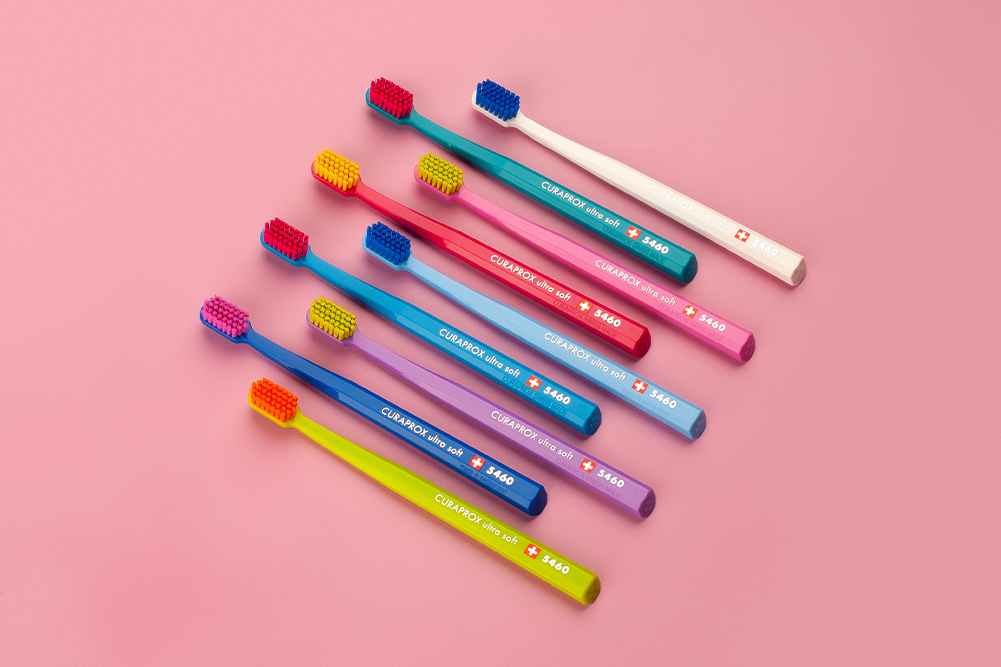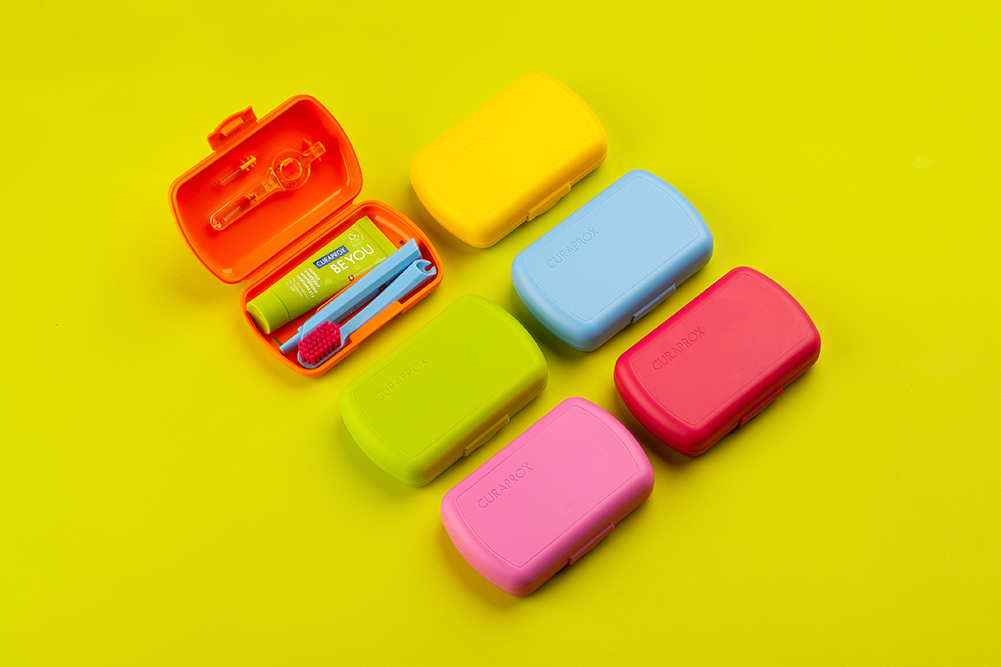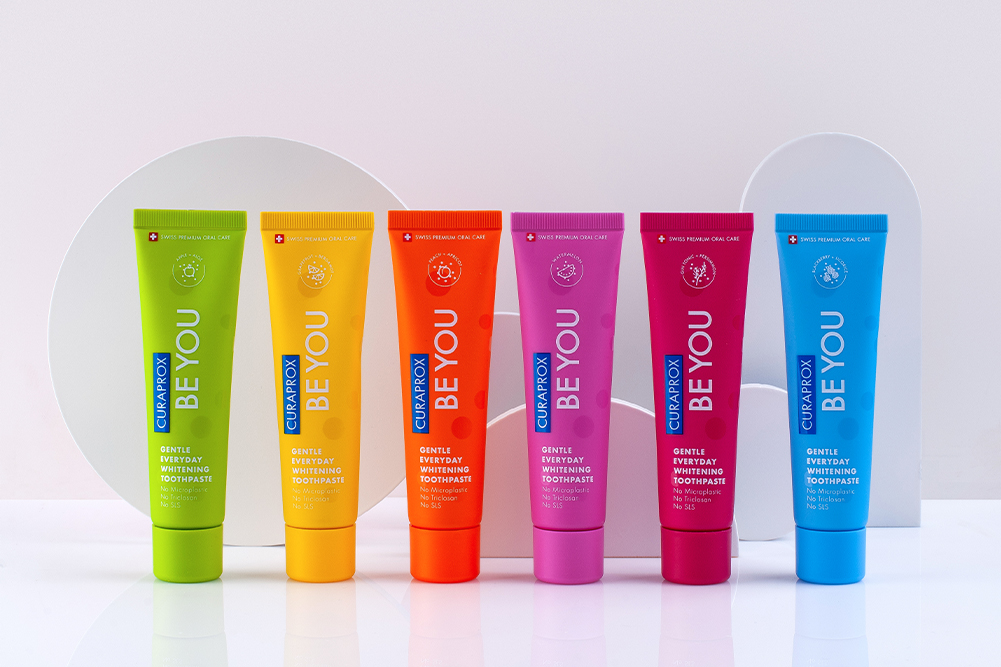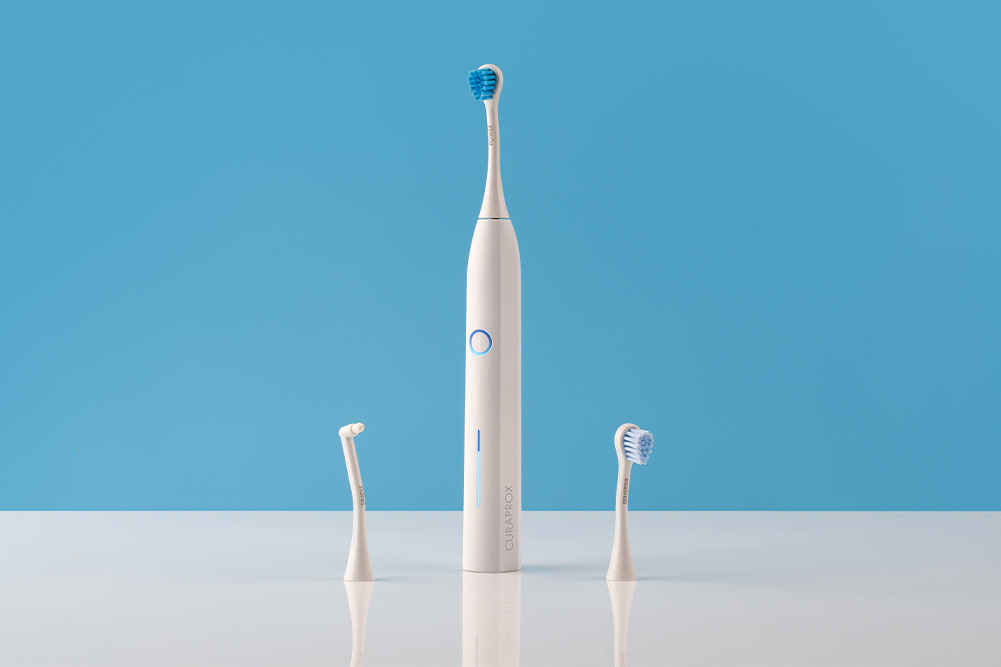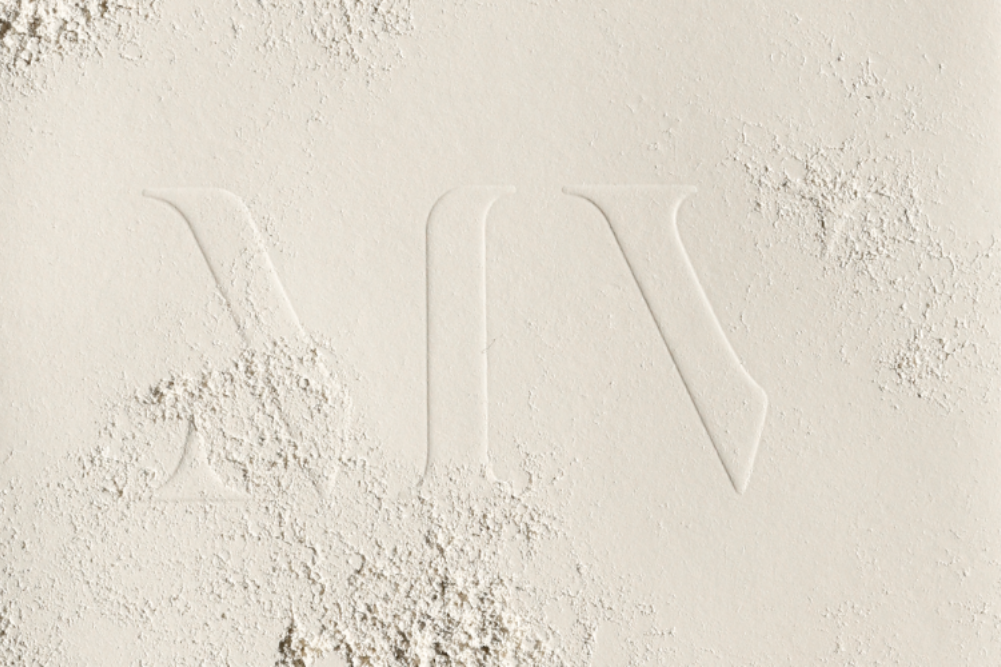Skincare, the natural way
With a plethora of moisturisers on the market, each one promising to do something different and usually with an emphasis on anti-ageing, the definition of what a moisturiser is or does has become increasingly confounding. What should one expect from a moisturiser? And what does moisturisation really mean?
The benefits of using a moisturiser have been extolled for thousands of years. It was the physician Galen in second century Greece who invented cold cream, the first known moisturising emulsion to smooth and protect the skin. This simple recipe based on wax, oil and water has been developed and refined over subsequent millennia, to provide the skin with not only surface moisture but the ability to turn back time. This is done with the inclusion of what the beauty industry calls “active” ingredients that promise to help skin maintain its structure, reduce free-radical damage and assist cells in functioning more efficiently.
But beneath the hype of these actives, which may or may not work, lies the basic issue of keeping moisture trapped in the skin’s surface layers — what we call moisturisation. This alone plays a vital function, influencing elasticity, strength and overall appearance of the skin. Most importantly, it maintains the skin’s ability to operate as a barrier between the environment and the body. Our skin protects us against the invasion of micro-organisms, infection, chemicals and toxins, ultraviolet damage, and perhaps most importantly inhibits loss of water.
If this barrier function is impaired, the result is often flaky, dry and sensitive skin or allergic reactions such as dermatitis. The skin’s barrier must remain hydrated to maintain its integrity, as such, the use of well-formulated moisturisers is important in protecting and restoring the skin’s own natural barrier function.
The science of skin
To grasp what the skin needs to be properly moisturised, it’s important to understand the mechanics of the surface layer, the stratum corneum. Skin has three layers: the epidermis, the dermis and the subcutaneous tissues. The epidermis is the top layer, responsible for providing this mechanical barrier to protect the body, generating new cells and protecting against solar radiation and pathogens. The stratum corneum, (also called the horny layer) is the top layer of the epidermis, where the moisture content of the skin is regulated.
The horny layer comprises dead skin cells that, unlike cells in the dermis and lower epidermis, are not directly affected by internal nutrition. However, the state of the dermis impacts on the quality of epidermal cells produced, the normalisation of keratin, lipid content and the speed with which the cells turn over. This makes nutrition very important for the condition of the horny layer.
Ultimately, the state of hydration of the horny layer is governed by water lost from the surface by evaporation and the ability of this layer to hold water. Moisture is provided by natural moisturising factors (NMFs) in the corneocyte itself (the keratin cell). These include a mixture of water-soluble compounds such as amino acids, organic acids (such as lactic acid and sodium lactate), sugars, urea, hyaluronic acid, pyrrolidone carboxylic acid (PCA) and inorganic ions such as potassium, calcium and sodium and magnesium. These compounds are collectively present in high concentrations within the cell.
The NMFs are intensely hygroscopic (meaning, they attract water from the surrounding air), acting as very efficient humectants. These substances have the ability to bind water against the drying action of the environment and thereby maintain tissue hydration. In the skin condition ichthyosis vulgaris, sufferers lack an NMF and display severe dehydration and skin scaling. Normal skin, when exposed to harsh cleansers such as soap, will also display reduced levels of NMFs.
The stratum corneum also contains intercellular lipids to control trans-epidermal water loss. These lipids include ceramides (predominantly), cholesterol, sphingolipids, linoleic acid, sterols and hyaluronic acid. These increase cohesion between the cells and thereby contribute to making the epidermis an effective barrier.
Dry skin, or alipoid skin, generally refers to skin that is lacking oil, whereas dehydrated skin is characterised by the lack of moisture in the stratum corneum. To maintain optimum flexibility, the stratum corneum must remain hydrated with a minimum of 10 per cent water. Anything below that is perceived as dehydrated. Both dry and dehydrated skin is often irritated, inflamed and itchy, and it is generally worse in areas with relatively few sebaceous (oil) glands such as the arms, legs and torso, as well as the cheeks and eye area.
What causes dehydrated skin?
Both external and internal factors can rob the skin’s outermost layer of NMFs and lipids. Outside factors can include seasonal influences, UV rays, exposure to chemicals and pollutants, harsh detergents, air-conditioning, hot water and even excess bathing. When it comes to your skin, water is a double-edged sword. Inside your skin, water helps to keep cells plump and moist, but it has the opposite effect when you’re immersed in it. Frequent showering or bathing, especially if you like your showers hot and your baths long, breaks down the lipid barriers and actually draws water out and away from the cells. Environmental factors such as dry air, indoor heating, cold winter weather and low humidity can also have a drying effect on skin, causing it to lose moisture faster than in ideal conditions.
Intrinsic factors such as genetics, stress (which slows down lipid production), abnormalities in physiological functions or illness may also trigger dehydrated skin. Harsh detergents strip away the natural moisture in the skin. Anything with a high pH, such as soap, will literally strip the barrier lipids from the skin.
When there’s a number of these factors in combination, dehydration levels in the skin can increase, which leads to a corresponding decrease of ceramides. These are the fatty acids found within the cells of the skin’s outermost layer and are needed in order for skin cells to be naturally exfoliated. When there are not enough ceramides, cells aren’t renewed as efficiently and the skin starts to take on a rough, dry appearance.
Ageing often results in dry, dehydrated skin as our lipid levels and the skin’s natural complement of hydrators, known as glycosaminoglycans, decline with progressing years. And for women, the impact of the decline in oestrogen levels that coincides with menopause may also be a contributing factor, as skin tends to appear dry and dehydrated during and after menopause.
Dry skin, also called xerosis, worsens with age because of a sharp decline in the stratum corneum lipids, especially the significant drop in ceramides. By the time we reach age 40, our skin will almost certainly be dry and/or dehydrated. As skin ages and matures, a decline in its very important humectant, hyaluronic acid, also occurs. The most dramatic change is seen after the age of 50, when there is deterioration in the mechanical properties of skin. There is also a widespread misconception that dehydrated skin is the opposite of oily skin. Dehydrated refers to lack of moisture (not lack of oil), while oiliness refers to levels of sebum or oil on skin. While adequate sebum does help maintain water levels, oily skin can be dehydrated. Dehydrated skin may lack water only in the outermost layers of the epidermis while maintaining normal levels in the deeper layers.
We’re not all created equal in terms of the need to moisturise. For example, people with oily skin may need little or no moisturising. A gel with a humectant is often enough. This ensures the skin doesn’t become dehydrated. On the other hand, people with dry skin or even normal-to-dry skin need to moisturise with both a humectant and a lipid-rich formula.
The internal state of your health affects skin function, moisture and lipid content. For example, an essential fatty acid (EFA) deficiency can result in skin problems such as chronic itching, dryness, scaling and thinning, and lead to an imbalance in prostaglandins (chemical messengers that do many things, such as control inflammation). The lack of “good” fats in our diets could also be contributing to the increase in the percentage of the population suffering from psoriasis, eczema and dandruff. EFAs also strengthen cell walls, helping to retain moisture, thereby improving hydration. A deficiency in magnesium, zinc or vitamin B6 can prevent the utilisation of essential fatty acids in the body.
A deficiency of the mineral zinc, which plays a key role in wound healing, acne development and oily skin (alongside vitamin B5 may help decrease sebum production), and vitamin A can also affect the integrity of skin. Oestrogen-rich foods and herbs may help alleviate menopausal skin dryness. Antioxidants may play a pivotal role in skin hydration by preventing skin lipids from oxidising. Vitamins A, C and E, grapeseed extract, co-enzyme Q10 and alpha lipoic acid are potent antioxidants.
Keeping the body and skin hydrated from within is essential for the body to carry out all its metabolic functions, including detoxification, promoting a finer complexion and barrier system.
What to look for
When choosing a moisturiser, look for ingredients that promote hydration, elasticity and superficial lipids of the skin, while decreasing the oxidation of those beneficial skin lipids. Essentially, a mix of emollients, water, humectants and lipids is a good start. Sunscreen is pivotal as it protects the skin from UV damage, and antioxidants make a valuable addition for their free-radical-fighting benefits. Below are some ingredients you should look for in your moisturiser.
The supply of hydrophilic substances (ie natural moisturising factors) to the stratum corneum, capable of attracting and retaining water. These include humectants such as glycerine; glycosaminoglycans such as hyaluronic acid and mucopolysaccharides that act similarly to hyaluronic acid, found in cell plant walls, such as aloe vera and algae; beta glucans (sugars found in mushrooms, bran of cereal grains and cell wall of yeast); honey; lecithin; panthenol pro-vitamin B5; lactic acid; and pyrrolidone carboxylic acid. Amino acids, such as wheat amino acids, help fill in small lines and wrinkles, making skin look smoother.
The supply of lipids capable of restoring the barrier functions of skin to restore normal water level, prevent transepidermal water loss and protect skin against physical damage. Lipid replacement is accomplished by applying a group of lipid ingredients to the skin, including ceramides or sphingolipids, phospholipids, cholesterol, plant sterols and fatty acids. These lipid ingredients can be derived from plant sources, such as soy sterols or soy lecithin. Linoleic acid can be derived from numerous plant sources including evening primrose oil, sunflower oil or borage oil. Other effective lipids and sterols come from plant sources, especially those rich in nut and vegetable oils. These include avocado oil, flaxseed oil, soybean oil, ricebran oil, grapeseed oil, sweet almond oil and squalene or macadamia nut oil.
Emollients such as the lipid-rich vegetable and nut oils, and natural waxes, fats and butters have an occlusive effect on the skin, trapping moisture. For years, petrolatum has been used in products to trap in moisture, but unlike the other emollients mentioned, petrolatum blocks pores, inhibiting the free flow of sebum through them, which contributes to acne. The surface layer must be permeable enough to allow an exchange of warmth, air and fluids. Natural phospholipids, from lecithin, make excellent humectants. An important benefit of phospholipids is they are hygroscopic and hold water where an increased level of hydration is needed. Therefore, phospholipids increase the hydration levels of the skin without being occlusive. Studies show that topically applied plant phospholipids restore the barrier function of the skin, protecting it from substances such as bacteria and harmful chemicals.
The vitamin A derivative, retinoic acid, causes the space between the cells to fill with hyaluronic acid and helps normalise the keratinisation process. This aids hydration. However, it can be highly irritating to the skin. Rosehip oil is gentle and boasts a natural form of transretinoic acid, which is great for mature skin but too oily for oily and acneous skin. Studies indicate that to increase the moisture content of skin, you must promote the level and length of time that hyaluronic acid is present in the skin. Ingredients such as grapeseed extract inhibit the enzyme that breaks down the hyaluronic acid chains. This helps maintain the chain length of this important hydration molecule. Other topical antioxidants such as vitamins E and C, alphalipoic acid, green tea and calendula extract may help prevent oxidation of the skin lipids, thereby protecting moisture levels in the skin.
Lactic acid derived from the fermentation of milk or grain is an alphahydroxy acid that not only acts as an important humectant but increases glycosaminoglycans (GAGS — natural moisturisers) within the skins layers, increases ceramides (epidermal barrier lipids) and improves water barrier properties. It also has the effect of stimulating collagen. Lactic acid helps to normalise epidermal anatomy. It exfoliates the outermost layers of the stratum corneum and the result is improved skin texture and a reduction in fine lines and hyperpigmentation. Lactic acid, alongside other fruit acids, primarily affects the skin by normalising cell turnover in the epidermis.
Top natural ingredients
Keep an eye out for these super-performers when choosing the right moisturiser for you:
- Unrefined vegetable and nut oils. These contain lipids, tryglycerides, sterols and antioxidants. They replace lipids within the skin’s intercellular matrix and help restore barrier function.
- Grapeseed extract. This inhibits the enzyme that breaks down the hyaluronic acid chains and helps maintain the chain length of this important hydration molecule.
- Glycerine. An excellent humectant that binds water to the skin.
- Alphalipoic acid. A potent antioxidant that reaches both the lipid area and into the watery region of the cell to fight skin-damaging free radicals.
- Seaweed extract. This contains mucopolysaccharides that act similarly to hyaluronic acid. They are found in plant cell walls, such as aloe vera and algae.
- Pomegranate extract. Another potent antioxidant to help protect the skin’s immune system.
- Essential oils. They reach the deeper layers of the skin where they can hydrate, nourish and rejuvenate skin cells.
- Vitamin E oil. This is also a great moisturiser that has the added bonus of being a potent antioxidant.
